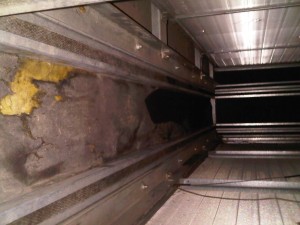 Most air handler units have fiberglass insulation installed on the interior surfaces to provide thermal insulation, absorb sound, and help to provide the quiet operation of the HVAC system. As a whole, if properly maintained, air handler insulation has a long-term life expectancy.
Most air handler units have fiberglass insulation installed on the interior surfaces to provide thermal insulation, absorb sound, and help to provide the quiet operation of the HVAC system. As a whole, if properly maintained, air handler insulation has a long-term life expectancy.
In certain instances, the integrity of the fiberglass insulation will degrade and delaminate from the highly varied ranges of temperature, humidity and air turbulence. If the air handler insulation is left unrepaired, raw fiberglass fibers and insulation will enter the air handler components and airstream.
Each time a commercial HVAC system is maintained, the condition of the fiberglass insulation should be evaluated. If the exposed fiberglass fibers are exposed to the airstream, it is best to remove and replace the air handler insulation, or resurface the damaged insulation with an approved HVAC encapsulate.
Encapsulants, Coatings, & Insulation Repair Products
When fiber glass insulation is initially installed, the exposed face of the fiberglass insulation has a primary seal that locks down the raw fiberglass fibers. If the primary seal of the air handler unit insulation has begun to delaminate, the most cost effective repair is to encapsulate
Coatings and insulation repair products are designed to repair damaged or degraded HVAC surfaces. Air handler Insulation repair coatings can range from coatings which lock down the fiberglass fibers to fiberglass coatings that have antimicrobial properties.
Surface treatments for air handler insulation repair must be labeled for the specific use in HVAC&R systems in or on any surfaces that are part of HVAC&R systems, and must be applied to a clean surface.
Air Handler Insulation Replacement
If the air handler insulation requires replacement, it is best to replace the fiberglass insulation with closed cell foam insulation. Closed cell foam insulation offers many benefits over fiberglass insulation; its finish is smooth and more durable than fiberglass insulation, and resists dirt and moisture accumulation.

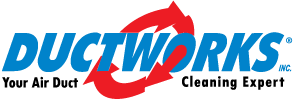
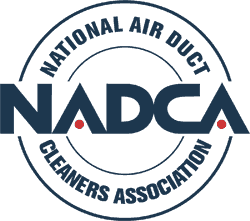 Local HVAC System Inspector Achieves Prestigious Certification
Local HVAC System Inspector Achieves Prestigious Certification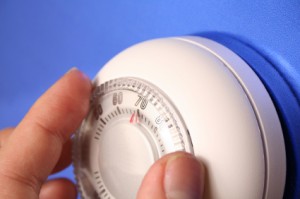 If you are planning on installing an air conditioner before the weather heats up, it is important to have the air ducts cleaned before the air conditioner is installed. Having the air ducts cleaned before the air conditioning is installed will prevent numerous avoidable problems from occurring.
If you are planning on installing an air conditioner before the weather heats up, it is important to have the air ducts cleaned before the air conditioner is installed. Having the air ducts cleaned before the air conditioning is installed will prevent numerous avoidable problems from occurring.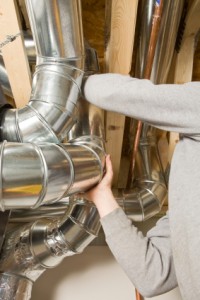 Air duct cleaning services have been available since the 1900’s. Over the years there have been numerous changes in technologies and industry standards. Air duct cleaning method advancements have improved the quality and safety of the air duct cleaning process. Before agreeing to clean your air ducts, you should learn about the different air duct cleaning methods.
Air duct cleaning services have been available since the 1900’s. Over the years there have been numerous changes in technologies and industry standards. Air duct cleaning method advancements have improved the quality and safety of the air duct cleaning process. Before agreeing to clean your air ducts, you should learn about the different air duct cleaning methods.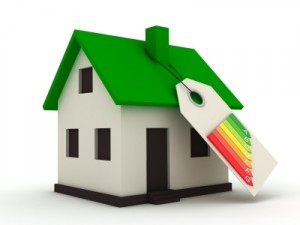 Air sealing the building envelope is one of the most critical features of an energy efficient home. As new homes grow increasingly tighter to achieve ever higher levels of energy efficiency, the potential for indoor air pollution also increases.
Air sealing the building envelope is one of the most critical features of an energy efficient home. As new homes grow increasingly tighter to achieve ever higher levels of energy efficiency, the potential for indoor air pollution also increases.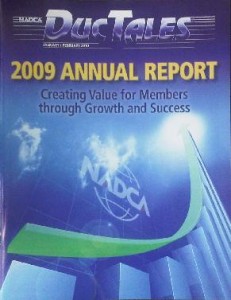 NADCA Member Ductworks Appears on Cable TV Show
NADCA Member Ductworks Appears on Cable TV Show Pigeon problems have devastating effects on the heating and cooling components and indoor air quality of a commercial facility. Pigeon problems affect employees, maintenance personnel and potentially customers.
Pigeon problems have devastating effects on the heating and cooling components and indoor air quality of a commercial facility. Pigeon problems affect employees, maintenance personnel and potentially customers.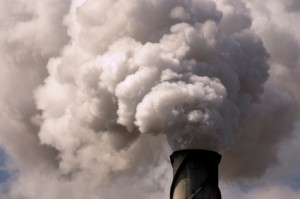 Several factors contribute to poor indoor air quality that can be easily controlled. Air pressurization greatly affects the indoor air quality of a home or building.
Several factors contribute to poor indoor air quality that can be easily controlled. Air pressurization greatly affects the indoor air quality of a home or building.